Zara is the Production Director of Book Brilliance Publishing.
In this month’s Brilliant Byte, Zara shares her top tips of working with a typesetter…
At Book Brilliance Publishing, we are dedicated to ensuring that your book reaches its highest potential. While editing is important, the look and style of your book are equally important, to enhance the readability and professionalism of your book, ultimately creating a more engaging reading experience for your readership.
In a 15-year career history, I have worked on over 350 books, as a project manager, proofreader, and/or typesetter. Here are my top tips for working with a typesetter.
Communication
Provide your typesetter with clear and detailed instructions at the beginning of the project. Sharing examples of formatting styles you like or dislike can help the typesetter understand your vision better. Communicate any specific requirements regarding layout, fonts, spacing, and overall design to ensure alignment with your expectations. Make sure you provide any of your branding materials and colours too!
Be Open to Suggestions
As a professional typesetter, I will offer sample layouts for your review, before the formatting of your book commences. Stay open to suggestions and be willing to consider alternative approaches that may enhance the visual appeal and readability of your book.
Review Carefully
Take the time to carefully review each stage of the typesetting process, whether it’s a sample layout or a progress update. Address any concerns or desired changes promptly to avoid last-minute alterations that could impact the project timeline and delay your book’s launch.
Keep in mind too that when providing your typesetter with additional content to include once the formatting stage has commended, or requesting a chunk of text is deleted, will lead to a knock-on effect on the rest of the text that follows, disrupting the layout.
Establish Clear Timelines
Setting clear timelines from the outset will help keep the project on schedule and ensure the book is completed on time. Adhering to agreed-upon deadlines is crucial for a smooth workflow and successful outcome.
Typesetting should commence only after finalising the manuscript. Ensure timely completion of editing milestones to allow ample time for book formatting.
Provide As Much Information As Possible
If your book includes graphics or images, mark them clearly in the manuscript so your typesetter knows where they are to be inserted. Ensure they meet the required quality standards (minimum 300dpi).
By following these guidelines and collaborating effectively with your typesetter, the journey to finally holding a physical copy of your book in your hands will be a smooth and stress-free one.


